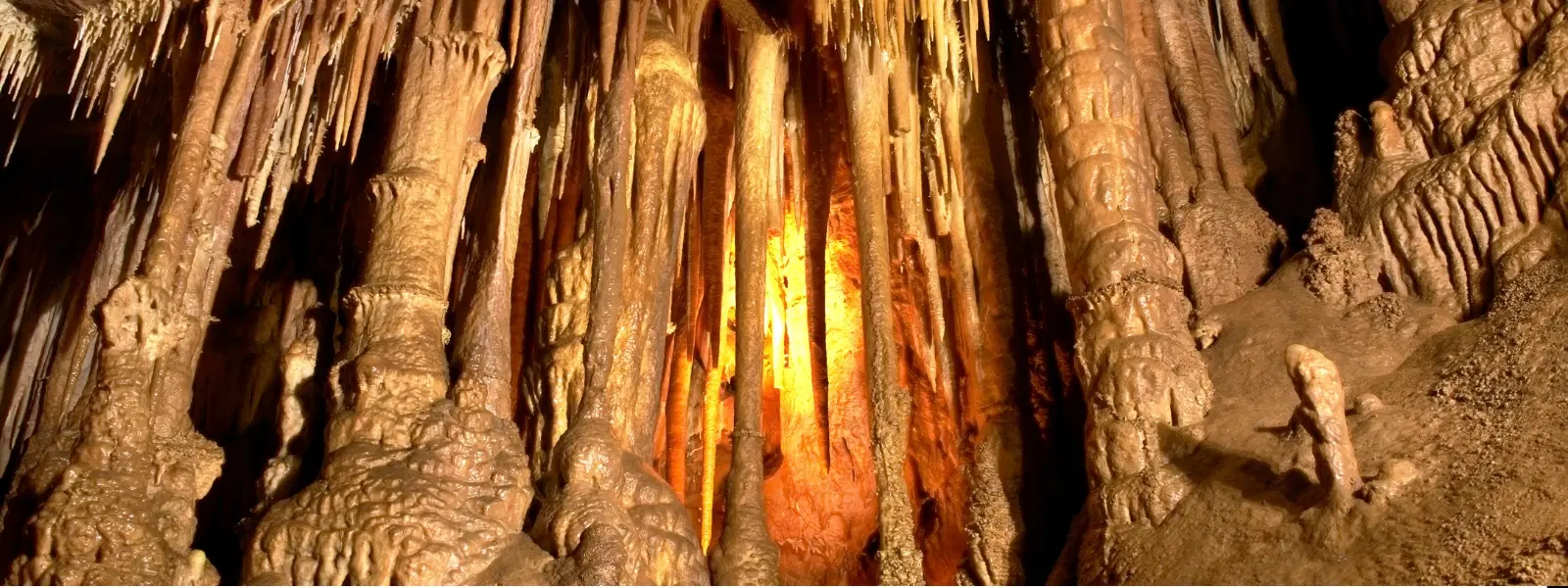
Flights
•03 min read

The Badami Cave Temples, a marvel of ancient rock-cut temples in India, captivate visitors with their storied past and stunning architectural beauty. This comprehensive FAQ guide offers a deep dive into the temples' history, artistic grandeur, and practical aspects for exploration. By reading further, you'll discover rich insights about the temples' origins, cultural relevance, unique design elements, and handy travel tips to make your visit both enjoyable and enlightening.
Carved during the 6th and 7th centuries, the Badami Cave Temples are prime examples of Chalukya dynasty architecture. Their creation highlights the remarkable skills of ancient artisans and established a legacy that continues to influence Indian cave temple art. As historic temples in Karnataka, they provide a tangible link to a time when religious devotion and artistic innovation converged.
The temples are not only architectural marvels but also reflect the deep cultural and religious roots of the region. Connected to both Hinduism and Jainism, these caves illustrate the spiritual diversity of their era. The Chalukya dynasty's artistic contributions enriched the cultural heritage of Badami, making these sites significant for both art lovers and spiritual seekers.
Visitors will find the intricate Badami temple carvings and rock-cut cave sculptures breathtaking. Each cave is a canvas that showcases dramatic depictions of deities, mythological legends, and nature in splendid detail. The careful layout of the caves invites visitors to explore a world where each carving tells a story of devotion and artistic mastery, embodying the legacy of ancient Indian craftsmanship.
The four main caves each hold unique significance. Cave 1 and Cave 2 often illustrate themes of divinity and myth, while Cave 3 is renowned for its beautiful depictions of Vishnu in various avatars. Cave 4, though modest in its features, offers a serene atmosphere and subtle artistry. The blend of Dravidian and Nagara styles seen across these caves creates a dynamic interplay of form and function, making the site a treasure trove for enthusiasts of Indian cave temple art.

For those planning a visit, consider allocating about 2-3 hours to explore the four caves at your own pace. The best time to visit Badami is during the cooler months, ensuring a comfortable outing while you admire the splendid carvings and sculptures. Beyond the caves, do not miss nearby attractions like Agastya Lake and Bhutanatha Temple, which offer additional layers of historical and natural beauty to your journey.
Badami is conveniently accessible by road from major cities such as Bangalore and Hyderabad, making it an ideal destination for various traveler profiles—from the budget-conscious wanderer to the discerning professional. When planning your trip, look for accommodations that offer a comfortable stay without emphasizing recognizable brand names; instead, focus on the local flavor and charm. Also, sample the local food specialties to enhance your overall experience of this culturally rich region.
The Archaeological Survey of India (ASI) plays a crucial role in preserving the Badami archaeological sites. Maintaining these ancient structures is challenging due to the natural weathering of rock and the increasing footfall of tourists. Sustainable tourism practices are essential to ensure that the delicate carvings and historical features are protected against the ravages of time and human activity.
Ongoing initiatives focus on balancing tourism with preservation. Efforts aim to enhance visitor awareness about the cultural importance of these sites while implementing measures to protect them for future generations. The future of Badami Cave Temples rests on maintaining this delicate balance, ensuring that its inspiring historical and artistic legacy continues to thrive.

Did you know? The Badami Cave Temples are renowned for their fusion of Dravidian and Nagara architectural styles, showcasing an unparalleled mastery of rock-cut art. Cave 3, in particular, features some of the most exquisite carvings of Vishnu in various avatars, making it a must-see for art enthusiasts.
It typically takes around 2-3 hours to explore all four caves, depending on your pace and interest in the intricate carvings.
There are four main cave temples in Badami, each crafted with unique architectural styles and dedicated to different deities.
The temples are celebrated for their detailed carvings, rock-cut sculptures, and historical significance as masterpieces of Chalukya dynasty architecture.
Start your journey with the cave temples, then head to nearby attractions like Agastya Lake, Bhutanatha Temple, and even Badami Fort. Visiting during the cooler months ensures a relaxed experience.
In summary, the Badami Cave Temples serve as a stunning testament to India's rich cultural and architectural heritage. They offer a unique blend of historic significance, intricate rock-cut artistry, and practical appeal for travelers. Whether you are drawn by their historical allure or inspired by their artistic marvels, a journey through Badami is both an educational and soul-stirring experience.